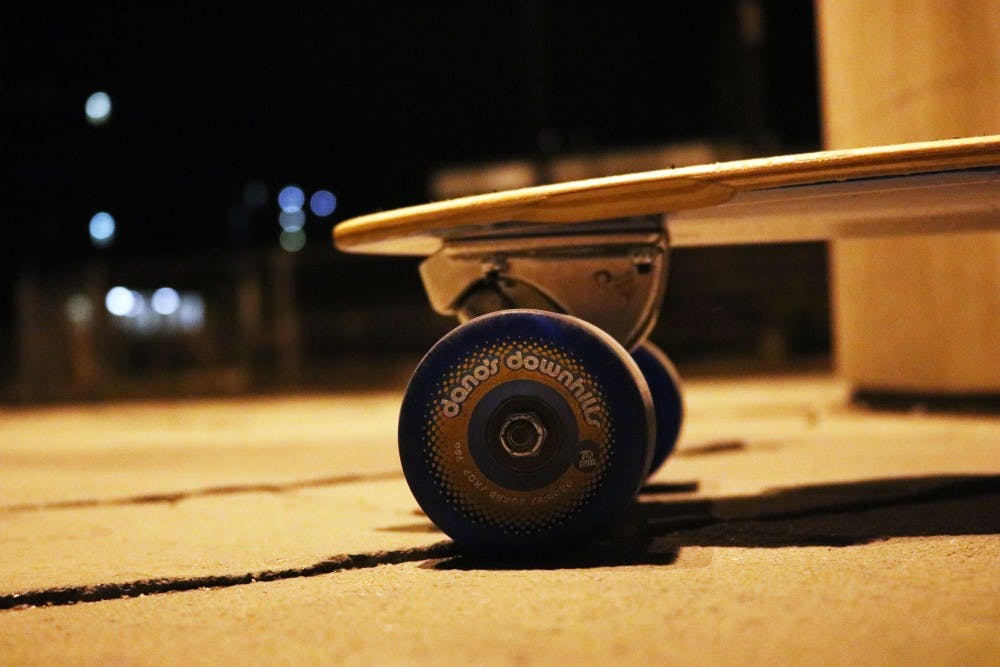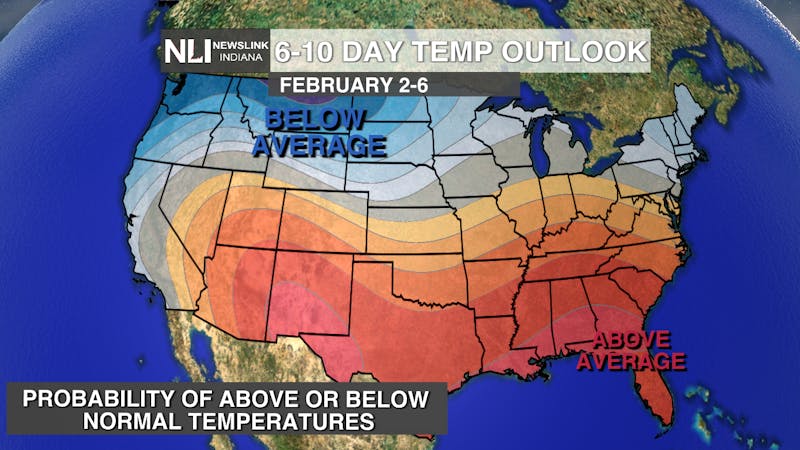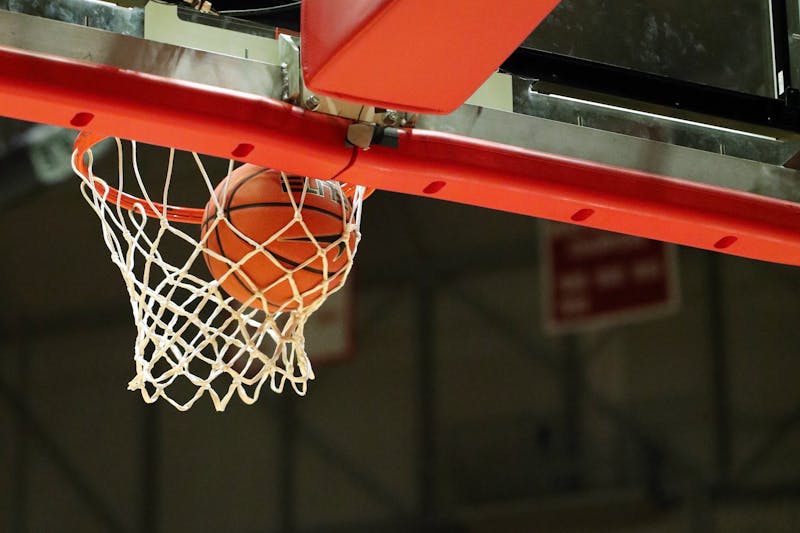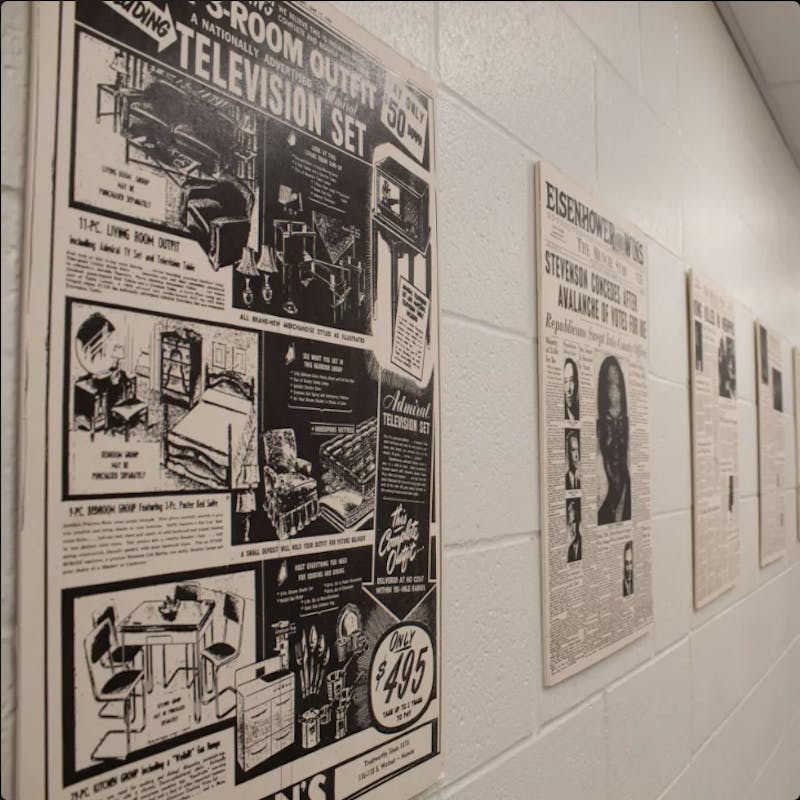Many students are trading in their long, sweaty walks for a more efficient way of travel.
The boosted board is slowly taking over campus and gaining popularity every day with students using it for both transportation and recreation.
After appearing in numerous vlogs from internet star Casey Neistat, the sudden popularity was inevitable. The electric longboard allows riders to cruise without the sporadic need to kick off to maintain a continuous speed.
“It cuts down 10 or so minutes from walking, overall it just saves me a lot of time,” said senior business administration major, Carson Elliot.
Reaching speeds up to 22 mph, the board offers students extra time to get things done. With unexpected detours around campus due to the construction, students are decreasing their travel times by choosing four wheels over two feet.
Compared to a bike, the board is more portable, and can even be brought into a classroom. Students like Elliot also save money by not having to buy parking passes and pay for parking tickets.
Ball States University Motor Vehicle Regulations and Parking Procedures Department of Public Safety states that the use of skateboards is prohibited on university owned or controlled property.
According to University Police Chief Jim Duckham, “All skateboards are prohibited on campus so UPD would take a similar stance towards boosted boards."
The consequences result in violators being cited and may have the skateboard impounded until a fine is paid.
In 2016, Ball State banned the “hoverboard,” an electric board that took over the world due to its social media publicity. The ban was created because of its occasional spontaneous combustion.
Boosted boards do contain a battery pack and a motor; however, no official reports have been made regarding these boards causing injuries from fire.
Although these boards are not combusting, they do pose a threat to pedestrians and riders, potentially causing accidents.
“I definitely have to be careful on campus watching out for pedestrians, a lot of people have earbuds in,” Elliot said.
While boosted boards are increasing in numbers, the number of normal longboards are remaining the same. This is mainly because of the starting price that the company offers.
“Boosted boards are pretty expensive and if you are going to put that kind of money into it you’re going to want it to last,” said freshman chemistry major Alex Williams. Ranging from $799- $1,599, students believe the board may not be college student-friendly because of its prices.
Despite the boosted board possessing the capability of high mileage and speed, it has not separated students from their modern day boards. While some students are riding these newer boards, others prefer to keep their normal longboards and pass up on the tech upgrade.
Williams said he would definitely buy a boosted board but he would not trade it for his current modern day longboard.
“Back when I first started, boosted boards weren’t really a thing,” Williams said. “I mostly picked up longboarding just because it was a good way to go out with friends and get around my hometown.”
Contact Tyree Jakes with comments at tjakes@bsu.edu.





The Daily News welcomes thoughtful discussion on all of our stories, but please keep comments civil and on-topic. Read our full guidelines here.